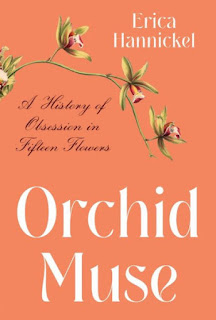 Emmanuel College, University of Cambridge, and a teaching fellowship at the Reid School of Music, University of Edinburgh.
Emmanuel College, University of Cambridge, and a teaching fellowship at the Reid School of Music, University of Edinburgh.
She applied the "Page 99 Test" to her new book, New Orleans and the Creation of Transatlantic Opera, 1819-1859, and reported the following:
At first glance, I wasn’t convinced that the Page 99 Test was going to work: my book focuses largely on francophone opera in nineteenth-century New Orleans, but page 99 begins with a brief detour to consider markets for Italian opera in the city.Follow Charlotte Bentley on Twitter.
But although it’s not fully representative in that sense, page 99 does go on to illuminate one of the book’s key themes. New Orleans and the Creation of Transatlantic Opera, 1819-1859 sets out to explore how transnational connections of many kinds sustained the vibrant operatic life of New Orleans; one of its conclusions, perhaps inevitably, is that although those connections created plentiful artistic, financial and personal opportunities for the people involved, they could also cause friction and discontent.
The second half of page 99 explores an example of just that. There, I return to a pair of quirky death notices from a New Orleans newspaper that I introduced a few pages earlier. These obituaries were not for a person: rather, they were satirical critiques of the city’s longest-running theatre, which was home to its opera company. Among other things, their vehement criticism targeted the theatre’s overreliance on imported Parisian works in its programming. In reaction to the dominance of this imported francophone repertoire, critics and other music lovers at the time suggested a couple of avenues for change: for some, the answer was to counterbalance French works with Italian operas performed by Italian troupes. Others, meanwhile, argued that the solution was to build a new Théâtre Louisianais, which would foster the talents of local composers and playwrights. While the latter project ultimately never came to fruition, the debates around it highlight how tensions between localising and internationalising priorities were ever-present in the operatic life of the city.
I wouldn’t, of course, recommend that a potential reader should rely solely on the Page 99 Test when deciding whether to give the book a go, but I do think that it gives an enticing glimmer of the people, places, and debates that have animated my research.
--Marshal Zeringue



























